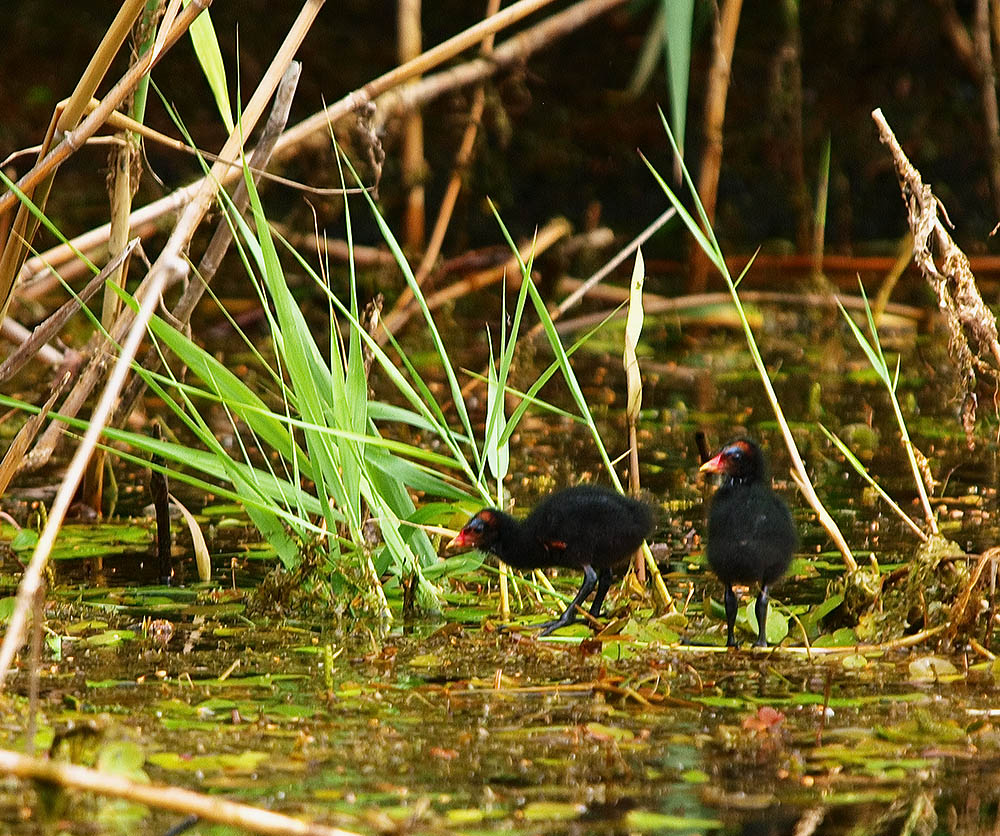
The Photographic Community for Users of Olympus and OM system micro 4/3 digital cameras and E-series DSLRs
| Home | Login |
Search
Forum
Actions
New Document
New Folder
List Folders
List Documents
List Groups
List Users
Camera resources
Olympus 4000
Olympus 4040
Olympus 5050
Olympus 5060
Olympus 7070
Olympus 8080
Olympus E-M1 II
Olympus E-M5
Olympus E-P1
Olympus E-P2
Olympus E-PL1
Olympus E-PL3
Olympus E1
Olympus E3
Olympus E30
Olympus E300
Olympus E330
Olympus E400
Olympus E410
Olympus E420
Olympus E500
Olympus E510
Olympus E520
Olympus E620
m4/3 lenses
Camera FAQs
Terms of Service
Photo contest
Submissions page
Hall of fame
Folders
About this site
Documents
Polls
Private folders
Public folders
Categories
Abstract
Action/Motion
Animal
Architecture
Candid/Snapshot
Cities/Urban
Documentation
Fashion/Glamour
Historical
Landscape
Macro
Miscellaneous
Nature
Night/Low light
People
Polls
Sand and Sea
Sky
Tourist/Travel
Contact Us
Little rascals

Copyright ©2011, Olav Agnar Frogner
Viewed times
The species of brooding birds occurring in the Danube Delta were classified into 12 main biotopes, the classification criterion being represented by the nesting place where they show the greatest relative density.
As to their dynamics, the brooding birds include: 44 sedentary species and 132 migratory ones. The great number of migratory species is explained by the optimal conditions of nesting and especially of feeding the deltaic biotopes are providing in the warm season of the year. This phenomenon is also supported by the presence – in different deltaic biotopes as against the common ones – of some species, which in the rest of their area cover other life environments.
| Photographer: | Olav Agnar Frogner |
|---|---|
| Folder: | Danube Delta |
| Uploaded: | 18-Sep-2011 19:25 CEST |
| Model release available: | |
| Camera: | Olympus E-3 |
| Exposure time: | 1/320 s |
| Aperture: | F5.6 |
| Focal length: | 224 mm |
| Lens: | Olympus ZD 50-200 swd |
| Focusing method: | Spot |
| ISO: | 400 |
| White balance: | Auto |
| Flash: | no |
| Image format: | SHQ |
| Processing applied: | |
| Various: | |
| Image resized to: | 836x1000 |
NO SUBJECT
According to their geographical origin, the delta birds contain the following types: arctic species (27); Siberian (32); European (108); Mediterranean (29); Mongolian (33); Chinese (2). The transpalearctic type contains 43 species. For Romania's latitude – delta included – the north-originating species (Arctic and Siberian) appear as winter-and passage birds, while the south-originating species (European, Mediterranean and Mongolian) are met with as sedentary and summer species.
Olav Agnar Frogner at 19:39 CEST on 18-Sep-2011 [Reply]
Common Moorhen (Gallinula chloropus)- Juvenile
The Common Moorhen (Gallinula chloropus) is a bird in the Rallidae family with an almost worldwide distribution.
It lives around well-vegetated marshes, ponds, canals and other wetlands. The species is not found in the polar regions, or many tropical rainforests. But elsewhere the Common Moorhen is likely the most commonly seen rail species to most people, excepting the Eurasian Coot or American Coot in some regions.
This is a common breeding bird in marsh environments and well-vegetated lakes. Populations in areas where the waters freeze, such as southern Canada, the northern USA and eastern Europe, will migrate to more temperate climes. This species will consume a wide variety of vegetable material and small aquatic creatures. They forage beside or in the water, sometimes upending in the water to feed. It is often secretive, but can become tame in some areas. Despite loss of habitat in parts of its range, the Common Moorhen remains plentiful and widespread. They fight over territories and also hop around Lily pads.
Olav Agnar Frogner at 11:35 CEST on 27-Sep-2011 [Reply]